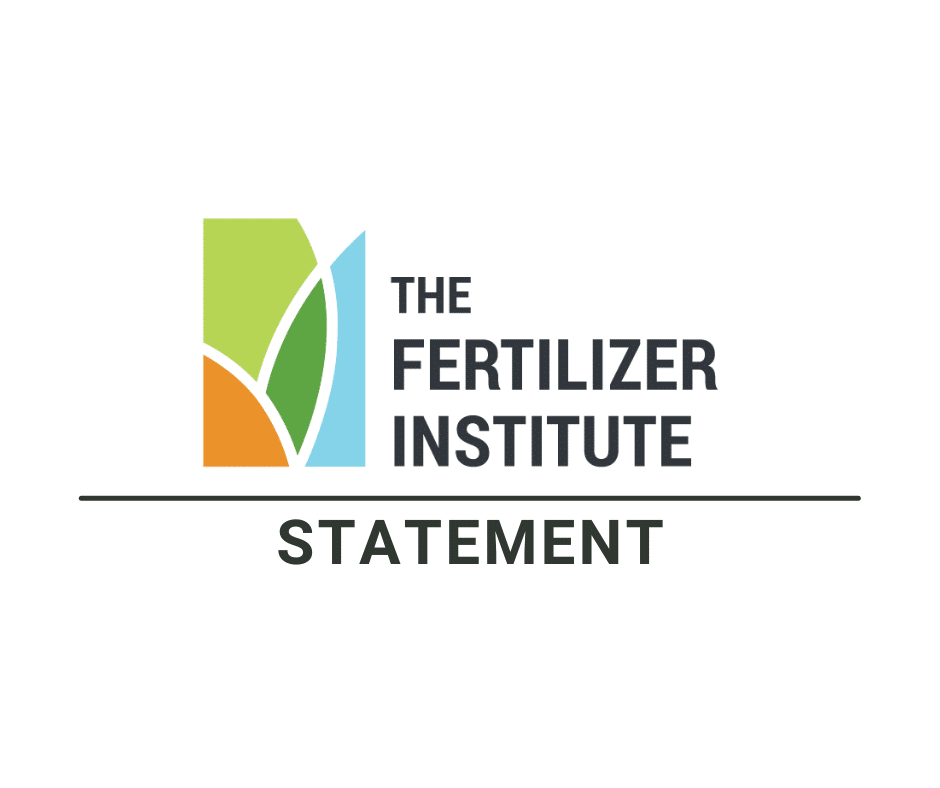FERT Foundation’s Ford West Leadership Academy Delivers First Class Results

More than 40 emerging leaders from across the fertilizer industry participated in the first annual Ford West Leadership Academy this week in Houston, Texas. The highly interactive industry-specific curriculum for this first cohort featured expert-led sessions on Advocacy, Sales and Business Development, Agronomy and Stewardship, The Essentials of Finance, Crisis Management, Safety and Security, Fertilizer 101 and the History and Future of the Fertilizer Industry. After conclusion of the classroom portion, participants also had an opportunity to tour American Plant Food’s Houston facilities.
“Eighty two percent of all respondents to TFI’s recent Industry Trends Survey cited recruitment and retention of skilled staff as a top tier concern,” said TFI President and CEO Corey Rosenbusch. “The Ford West Leadership Academy tackles that issue head-on by exposing high-potential industry employees to all facets of the fertilizer supply chain and growing their technical and soft skills. By engaging established industry professionals as session facilitators, we’re ensuring the transfer of industry knowledge from current leaders to future leaders and equip participants with essential tools for professional success.”
This prestigious program which is open to individuals who have been nominated by their company’s leadership is named in honor of Ford West, former CEO & President of TFI, whose unwavering dedication and profound commitment to our industry set a shining example of servant leadership.
“Ford’s passion for the fertilizer industry and commitment to opening doors for future generations was legendary,” said Harriet Wegmeyer, Executive Director of the FERT Foundation. “There is no better professional legacy for him than this Academy.”
The FERT Foundation would like to thank members of the Ford West Leadership Academy Steering Committee who expertly directed development of the content and curriculum of the Academy. The steering committee is comprised of a cross-section of companies and individuals with varying skills and experience in the fertilizer supply chain. Inaugural steering committee members are as follows:
Roger Baker, CHS
Paul Barr, Winfield United
Marcie Booth, Koch
Matt Brown, Landus
Kim Colvin, Quad Chemical
Mindy Dale, The Mosaic Company
John Fowler, Nutrien
Bert Frost, CF Industries
Premjit Halarnkar, CH Biotech
Mary Hartney, FFAA
Kala Killworth, Simplot
Josh Long, American Plant Food Corporation
Tim Mahoney, IRM
Sean McCarty, Helena Agribusiness
Lisa Nguyen, TKI
Jacob Schreve, Helm
Sarah Terrell, Trammo
Jacob Winans, Brandt
Courtney Yuskis, Yara
We would also like to thank our session facilitators and panelists who shared their expertise and perspectives with our participants:
Session: Facilitator:
Discover Your Strengths Kala Killworth, Simplot
Fertilizer 101 Taylor Pursell, Pursell Agri-tech
Major Events in the Fertilizer Industry Karl Barnhart, Brandt
Advocacy Cameron Bishop, Simplot
Finance Rowdy Smith, United Services
Crisis Management & Safety Todd Stuart, Koch
Agronomy Trey Cutts, Yara
Management & Coaching Lisa Nguyen, TKI
Sales and Business Development Panel
Moderator Sarah Terrell, Trammo, Panelists: Mike Hamilton, AdvanSix; Scott Lee, Sabic; and Kelly Davey, Nutrien
Future of the Fertilizer Industry Panel
Moderator Bert Frost, CF Industries
Panelists: Toby Hlavinka, American Plant Food; Russell Sides, TKI; and Greg Griffin, Wilbur Ellis.
Plant Tour Josh Long, American Plant Food
The Ford West Leadership Academy will bring back this year’s cohort for completion of the program and begin with a new cohort in 2025 at a date and location to be announced shortly.







